
The post Cambrian: Build Solana Restaking Protocols With AVS in Minutes, Not Months appeared first on Coinpedia Fintech News
The Solana ecosystem is experiencing a gold rush moment as restaking protocols transform idle assets into productive infrastructure. The arrival of Cambrian represents a turning point where networks expand beyond traditional blockchain operations, and off-chain computational power meets on-chain security guarantees.
These “network extensions”—Actively Validated Services (AVS) and Node Consensus Networks (NCN)—enable everything from AI processing to privacy-preserving transactions. Traditionally, building these systems required expertise equivalent to constructing your own mini-blockchain.
Enter Cambrian: the infrastructure revolution that turns months of custom engineering into minutes of configuration. Much like how AWS transformed web development, Cambrian provides the toolkit that lets developers focus on innovation rather than infrastructure.
The Problem: Building from Scratch
Building an AVS/NCN is like hand-assembling a high-performance engine from individual nuts and bolts—each consensus protocol, on-chain integration, and security checkpoint must be configured manually.
Teams wrestle with custom node operations, orchestrate communication across distributed services, implement cryptographic safeguards, and maintain real-time monitoring, all while preserving decentralization. Such complexity creates a substantial barrier, sidelining many innovative projects simply because the infrastructure demands are too high.
The Cambrian Solution
Cambrian provides something akin to a LEGO set for Solana infrastructure. Developers can now combine pre-built, battle-tested modules to create sophisticated AVS and NCN systems. The toolkit combines a modular SDK, intuitive CLI, and ready-to-deploy components working seamlessly together.
Cambrian’s mission is practical: slash development time and eliminate infrastructure overhead. By simplifying the creation of these network extensions, Cambrian democratizes access to restaking infrastructure, opening the ecosystem to teams of all sizes.
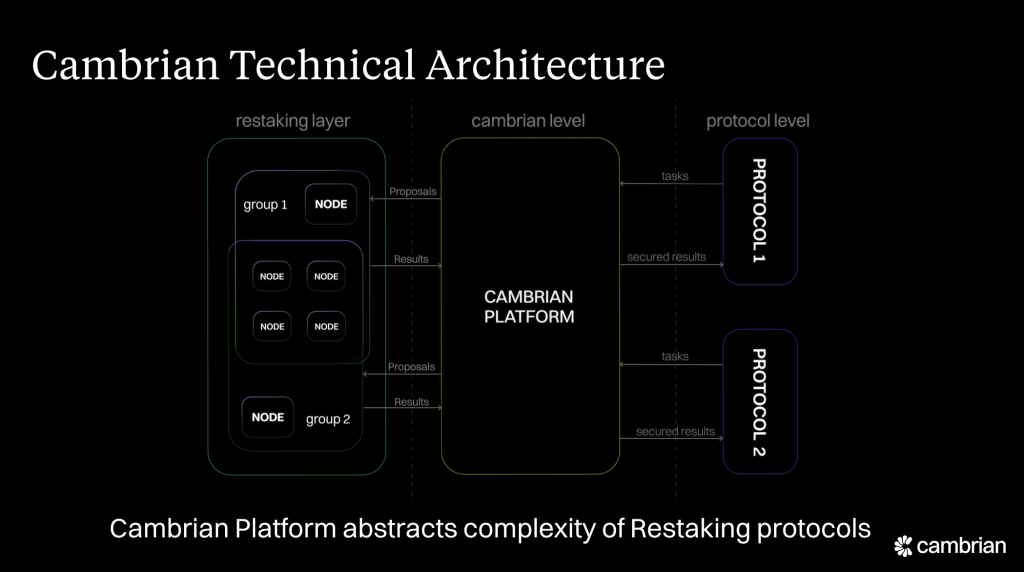
Cambrian’s main capabilities and benefits include:
- 90% Faster Development.
With scaffold projects, local testing environments, and one-command deployment, Cambrian compresses months of work into days. - Smaller Teams, Lower Costs.
Production-ready building blocks replace the need for specialized consensus engineers and infrastructure experts, allowing small teams to accomplish what previously required entire departments. - Deep Solana Integration.
Cambrian’s Solana-native architecture includes built-in hooks for Jito restaking, creating a seamless extension of Solana’s capabilities. - Turnkey Components.
Choose from plug-and-play consensus algorithms, governance models, and slashing/reward modules—selecting options from a menu rather than building each from scratch. - Deployment Wizard.
The intuitive CLI transforms the complex journey from local development to mainnet into a guided process. - Active Developer Community.
Cambrian boasts a collaborative ecosystem with comprehensive documentation and support channels.
How It Works
Cambrian’s architecture streamlines complex AVS development through five core components:
- Cambrian SDK & CLI.
The SDK automatically generates code and configuration files based on your specifications, eliminating hundreds of hours of boilerplate coding. - Consensus Building Blocks.
Cambrian provides modular consensus components—offering HotStuff, RAFT, or PoA with integrated threshold signatures by default. - Node Operation Tools.
Docker-based operators with automatic node discovery and performance metrics make distributed system management straightforward. - Local Testing Environment.
A complete simulation environment lets you test validators, stake flows, and off-chain tasks before deployment. - One-Command Deploy.
Cambrian’s deployment wizard handles the complex orchestration required to launch your AVS on devnet or mainnet with a single command.
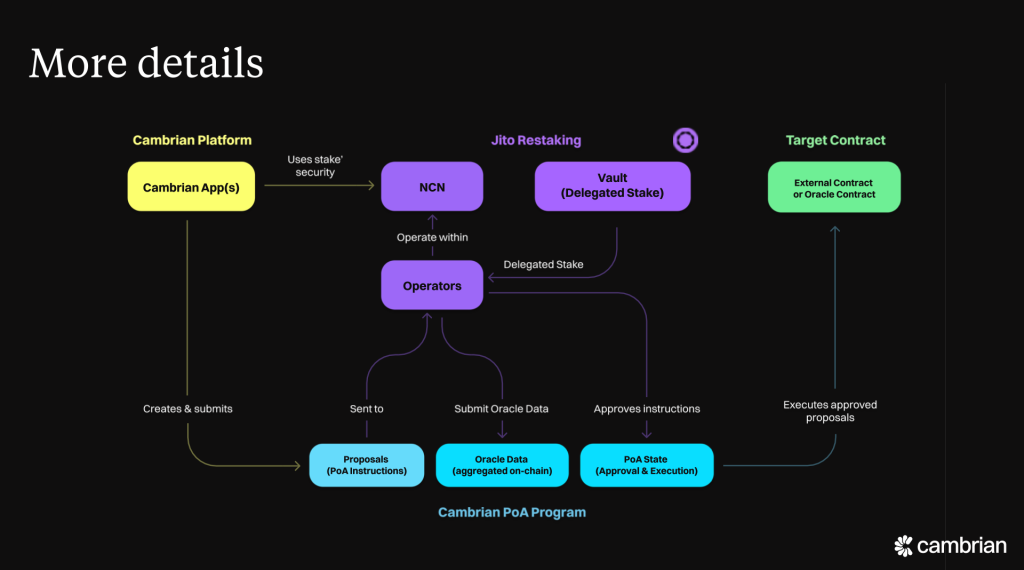
Real-World Use Cases
Cambrian enables practical applications across the Solana ecosystem:
- Oracles & Data Pipelines.
These systems provide reliable external data to the blockchain. Developers can create decentralized price feeds or cross-chain bridges connecting different networks. - AI Inference & ZK-Coprocessors.
Cambrian supports off-chain computational tasks while maintaining verifiable connections to on-chain operations—like complex calculations that would be too expensive to perform directly on-chain. - DeFi Circuit Breakers.
These protective mechanisms monitor market conditions and implement automated safeguards for restaked assets, helping manage risk during volatility. - Private RPCs & Compute Networks.
Specialized service networks that maintain security while offering enhanced privacy or dedicated processing power for demanding applications. - Specialized Processing Networks.
The platform supports technical utilities like audio/video transcoding, software-defined networking, and data availability layers—critical infrastructure components secured by restaked assets.
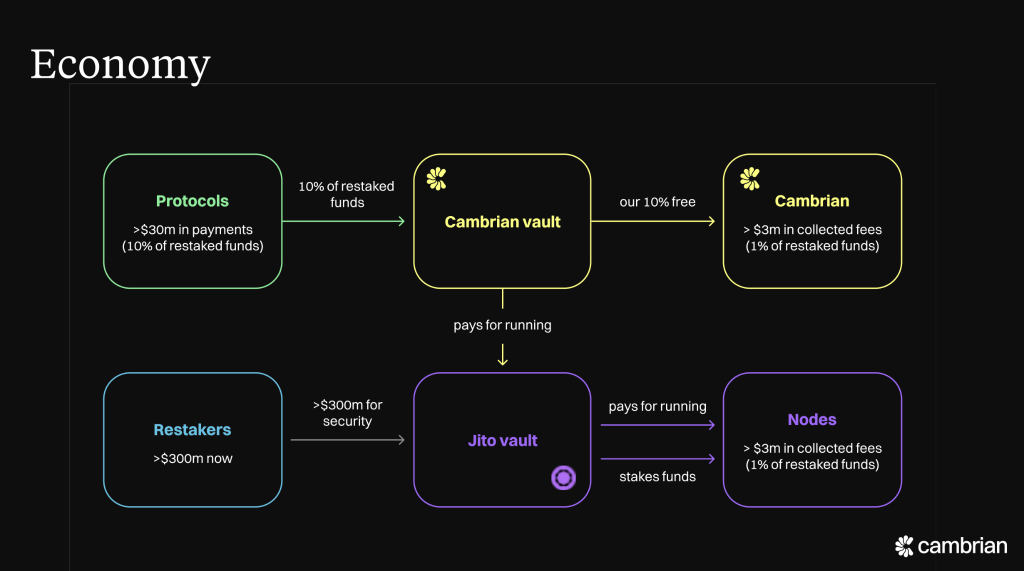
Pros & Cons
Cambrian shines with three main advantages that make it a game-changer for Solana developers. Think of it as having a time machine for your project timeline—development acceleration slashes your journey from concept to deployment, giving teams the agility to iterate and test concepts while competitors are still setting up their infrastructure. The building block approach provides a rich library of pre-tested components. And Cambrian’s seamless Solana ecosystem integration, particularly with Jito restaking protocols, creates smooth user experiences without the technical seams that often plague blockchain projects.
Like any pioneering technology, Cambrian does come with a couple of issues to consider. As an emerging platform, some specialized modules are still evolving. Additionally, teams unfamiliar with distributed consensus models will face an initial learning investment, though Cambrian’s comprehensive documentation helps flatten this curve. These limitations seem like only teething issues, shrinking with each platform update.
In Summary
Cambrian represents the evolution of blockchain infrastructure—from custom coding to industrial efficiency. By providing AWS-like simplicity for Solana restaking, it democratizes access to capabilities once reserved for specialized teams.
Explore their documentation, join the Discord community, or spin up your first AVS project in minutes. As restaking powers the next generation of Web3 services, Cambrian presents an express lane for turning visions into reality.

 2 months ago
19
2 months ago
19
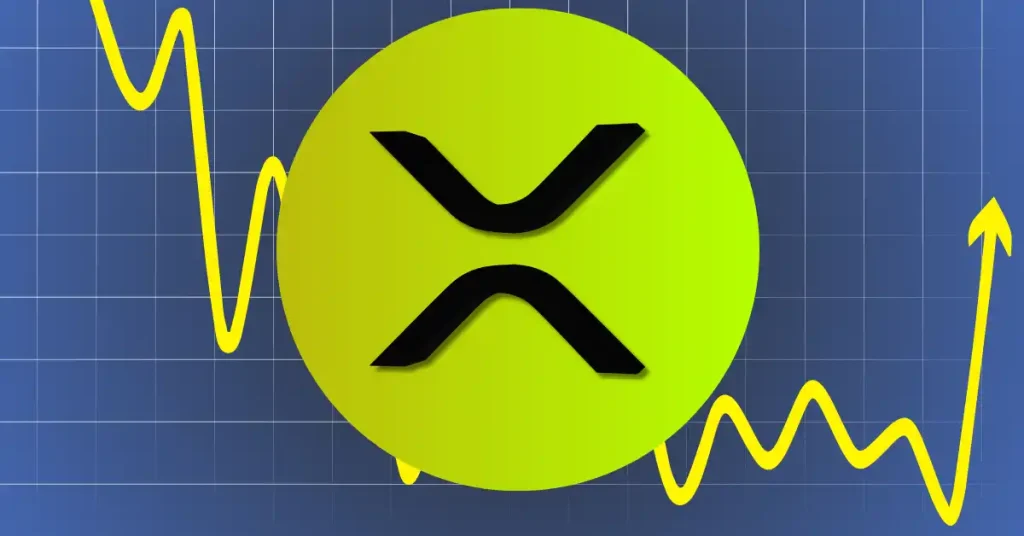



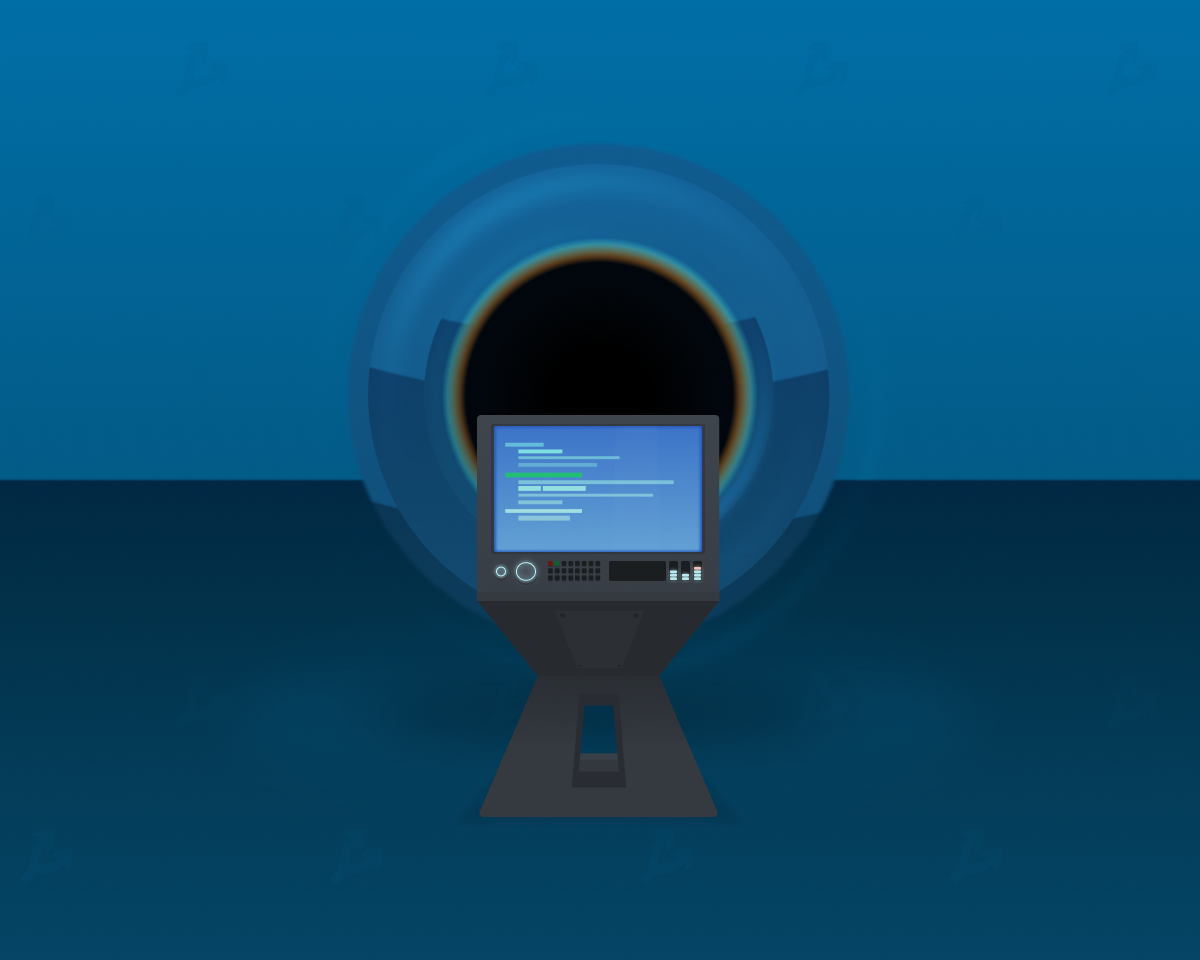





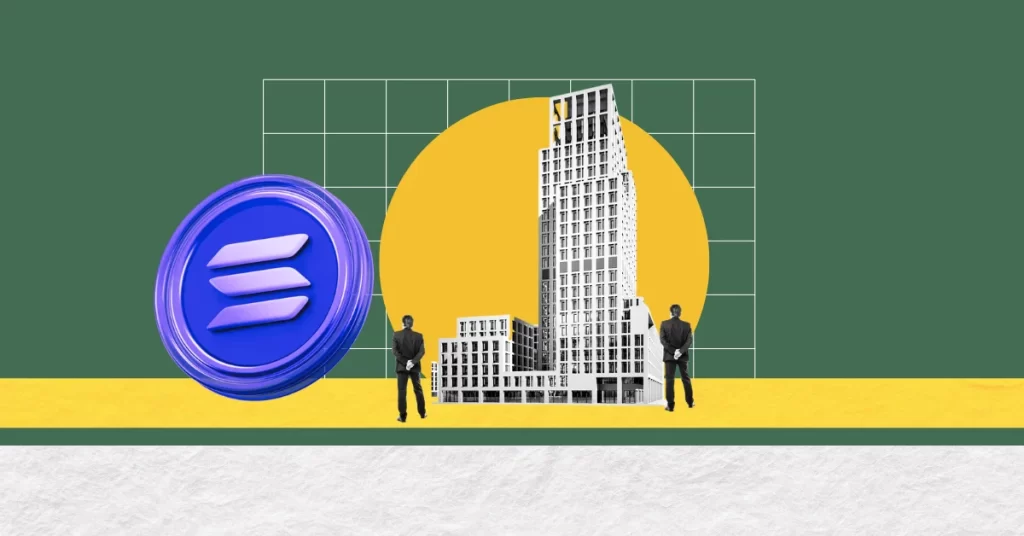
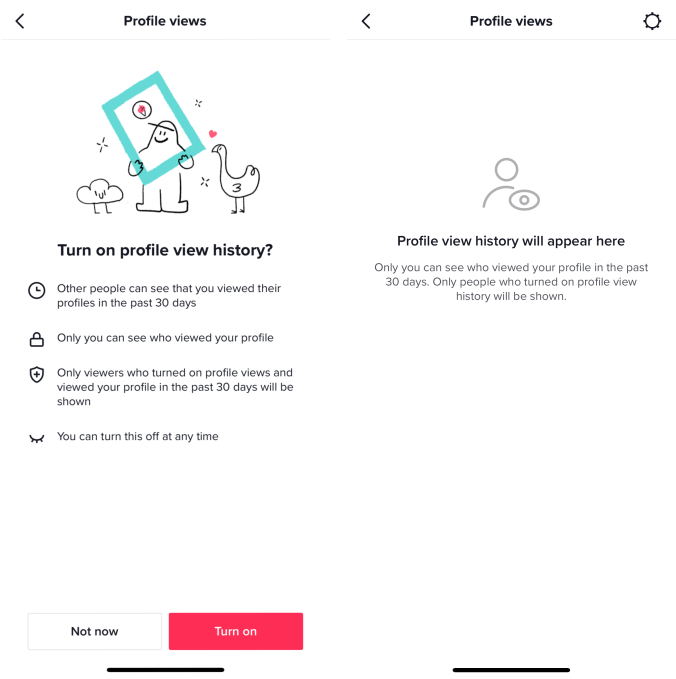

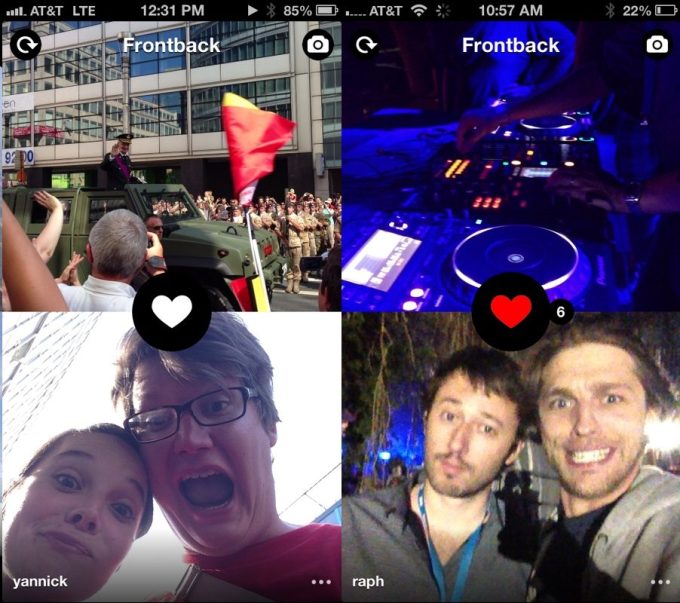
 English (US) ·
English (US) ·